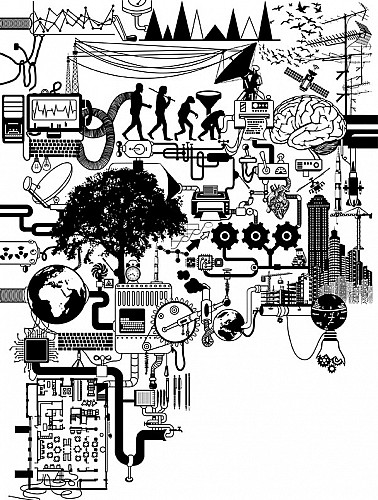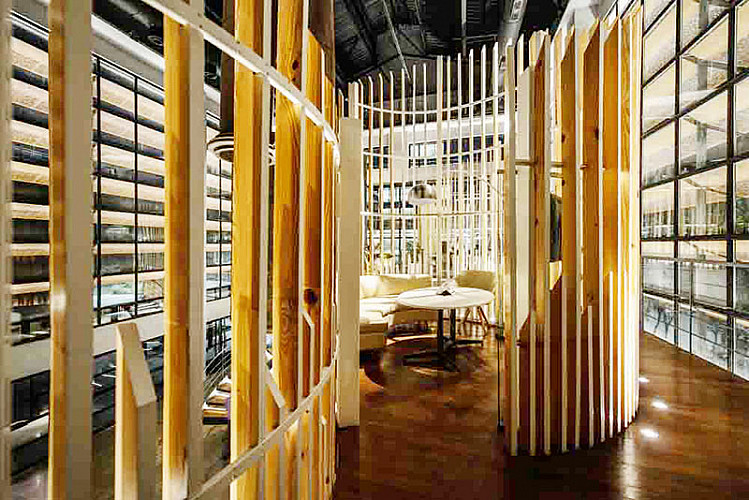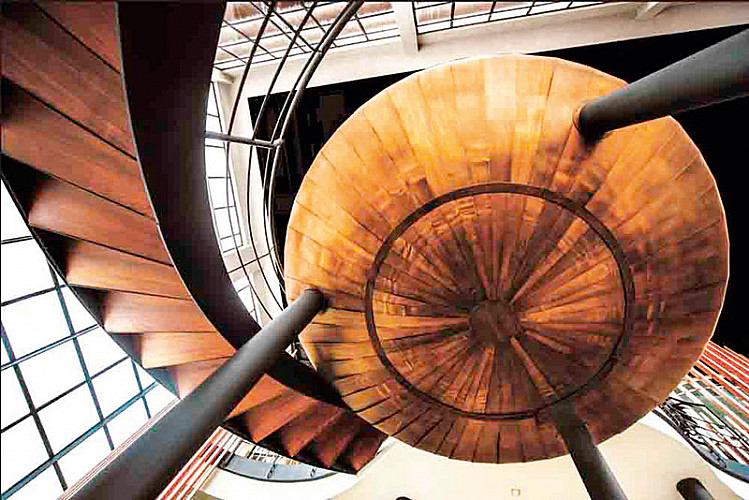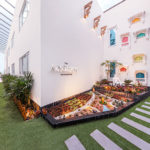The New Age Aesthetic
According to celebrated architect Sir Richard Rogers, ‘Form follows profit is the aesthetic principle of our times.’ In reference to design, I prefer the noun — aesthetic to the adjective — aesthetic. The latter speaks of beauty or the appreciation of beauty while the former can be defined as a set of principles underlying a piece of art, movement or theory. Its subjective and ‘senso-emotional’ expression and interpretation of and relevance to a context are often a critical reflection on art, design, culture and nature.
I have always believed that innovation follows design. So in the evolution of design, what role does the innovation aesthetic play? Design has evolved from what things look like to how they work. In doing so, the discipline has broken traditional boundaries and put the human condition, empathy and experience at the heart of its (design) thinking. Design Thinking is shaping healthcare, banking, human resources, retail, hospitality, mobility, technology, environment and government among other sectors. In corporate boardrooms, Design Thinking seems to be offering solutions relating to people, products, processes, partnerships, profits and the planet. Data suggests that listed companies, which embraced this thinking, outperformed the S&P 500 index consistently by over 211 per cent in the last decade. Good and responsible design is definitely responsible and good business whichever way you say that statement.
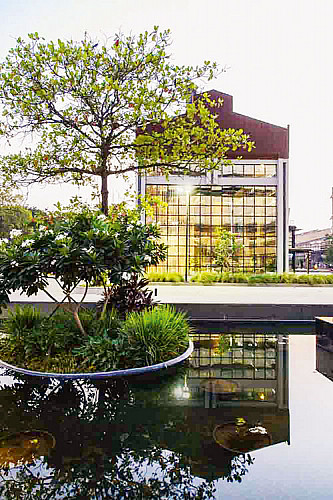
In today’s hyper-dynamic world of convergence, rapid obsolescence, disruption and survival where big data and artificial intelligence are inevitable currencies of the all-pervasive technology and globalisation, our world is being shaped in ways and forms beyond imagination, and fast. Innovation is largely responsible. Identifying the underlying principles behind this phenomenon, like a pattern behind art movements in art historically, is not easy to decipher. Our lives are changing. The old and new, then and now, before and after, and, everything in between is blurred but a few enablers remain constant.
Among other things, technology is facilitating this change. Survival and sustenance aside, necessity is not necessarily becoming the mother of all invention or innovation. The underlying principles to improve the human condition and experience; and the opportunities made available from convergence, new technology, the hunger to disrupt and the open-sourced millennial mindset seem to have become a rapid prototyping machine for innovation in our times. Steve Jobs famously said, ‘You have to start with the customer experience and work backwards to the technology’. The other part, which perhaps remains unchanged, is the power of an authentic narrative to string together the equation and bring it to the masses for adoption not as a product alone, but as an integrated ‘senso-emotional’ experience. Business is clearly booming as a result although not always without new externalities which need suitable resolution in this evolution. Doing the right thing is important.
In an efficient marketplace, innovation is not about playing it safe. It requires an appetite for risk and an adjusted tolerance for failure before attaining superlative success. For any business or industry, a platform for constant innovation to keep it relevant has become a necessity. Business growth typically follows an S Curve on a time and revenue scale where the leaner the curve the higher its revenue dividend. S Curves do not last long and plateau where subsequent S Curves are needed to sustain growth. Pundits call this inflection point between two curves the ‘innovation window’. Businesses need to power up their S Curves by investing in their innovation windows to stay ahead and maintain their growth prospects.
In my experience of piloting these ideas in the real estate world, we began with provenance and a larger purpose. We were a century-old trusted company with a name and products synonymous with almost every Indian no matter where they grew up. Now in the business of developing real estate, we wanted to improve and sustain the way people live, learn, work and play. This was our way of improving the human condition, empathising with our consumers and making for a brighter experience along the way. As a group, we were perhaps amongst the original Make-in-India manufacturers but we rarely talked about the idea of Design in India. We chose to become a design-led company where we defined design not as a business vertical but a business horizontal. This was the conception of the GPL Design Studio, our innovation engine — a unique collective of creative people including urban designers, architects, interior designers, landscape architects, graphic designers, broadcast designers, environmental planners, engineers, artists, imagineers, storytellers and marketers who also wear business hats. For us diversity and inclusion is key and we are very proud to have an equitable gender ratio across our pan-India teams.
Our own innovation aesthetic is based on the principles of Design Thinking applied in everything we do. While our design language may be consistent with minimalist modernism, clean lines, elegant simplicity, contextual respect, lots of white and green, and expressions of pure materiality; the underlying principles arise from recognising the need to fulfil our primary purpose on the one hand and sustaining the frequency of innovation to power growth in our S Curves on the other. Storytelling remains a large part of both our internal as well as external customer experience. We document all our ‘making of’ journeys in various creative formats to help us keep the culture of creativity alive and take our journey to a successful end through risk adjusted failures at the forefront of our ventures. Atypical to most companies, sustainability and CSR also sit within the studio structure to ensure our focus on doing what is responsible and fulfilling our goals to become carbon-neutral and water positive, and to minimise landfill as a company. Over the last five years we have been extremely fortunate to collaborate with like-minded people to disrupt the industry in our own way and help create brighter living in India.
For us business is thriving where profits don’t just mean money. We are proud of doing the responsible thing for the planet, empathetically improving life and enhancing experiences while growing our business alongside. Encouraging results, successful launches, built brand equity, Net Promoter Scores, talent retention, enhancement of the environment and healthy returns should be the motto adopted by those who wish to create win-win profitable propositions no matter what industry they work in. With a broader definition of profit, ‘Form may indeed follow profit’ could truly be the aesthetic principle of our time. Our innovation aesthetic in the Design Thinking era will certainly define how future generations look at us and our legacy.
Related posts from Verve:
Verve Trending
Sorry. No data so far.
us on Facebook to stay updated with the latest trends

